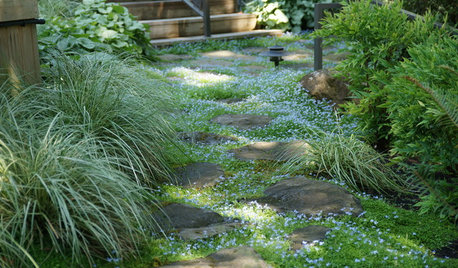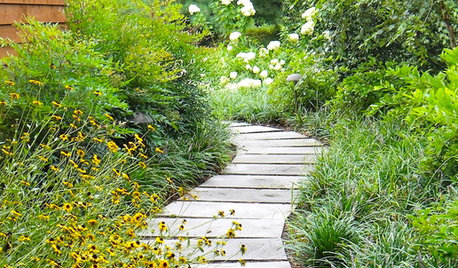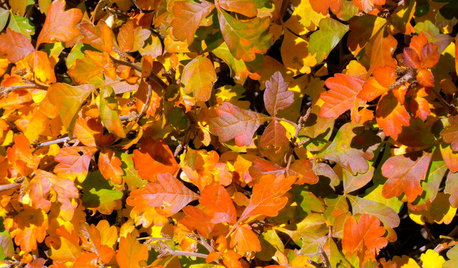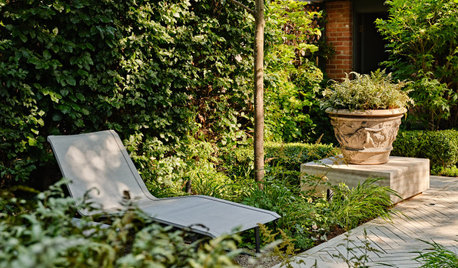Bishop's Weed
bob_westmass
18 years ago
Related Stories

GARDENING GUIDES7 Ecofriendly Gardening Ideas That Also Cut Chore Time
Spend less time weeding, less money watering and more moments just sitting back and enjoying your healthy garden
Full Story
LANDSCAPE DESIGNWhy the Art of Restraint Is So Good for Your Garden
Drifts of naturalized plantings offer the perfect inspiration for your home landscape
Full Story
GARDENING GUIDESHow to Switch to an Organic Landscape Plan
Ditch the chemicals for a naturally beautiful lawn and garden, using living fertilizers and other nontoxic treatments
Full Story
LAWN ALTERNATIVESStop Fighting the Patchy Lawn!
Here are 3 situations where a garden may be a better idea than more turfgrass
Full Story
LANDSCAPE DESIGN7 Ways to Design a Garden That Flows and Intrigues
Transform a staccato yard into a smooth and relaxing delight by mastering the art of garden transitions
Full Story
GARDENING GUIDESSouthwest Gardener's November Checklist
How to get your arid-region garden in shape for the season of outdoor living
Full Story
PLANTING IDEASWant a More Colorful, Natural Garden? Try a Perennial Meadow
Spend less time tending and more time taking in the sights by improving on Victorian and prairie garden designs
Full Story
GARDENING GUIDES6 Steps to Creating Your Butterfly Garden
Encourage these fanciful winged beauties to visit your garden while helping restore their fragmented habitat
Full Story
LANDSCAPE DESIGNHow to Create a Beautiful Shade Garden
Turn the cool, shady spot in your garden into your own quiet oasis
Full Story
WEDDINGSHouzz Call: Show Us Your Backyard Wedding!
Did you say ‘I do’ at home? We want to hear and see everything about it. Share your photos and you could be featured in an upcoming ideabook
Full Story






chelone
diggingthedirt
Related Professionals
Danbury Landscape Architects & Landscape Designers · Wrentham Landscape Architects & Landscape Designers · Woodinville Landscape Architects & Landscape Designers · Clermont Landscape Contractors · Bound Brook Landscape Contractors · Bridgeview Landscape Contractors · Davis Landscape Contractors · Morrisville Landscape Contractors · Oxnard Landscape Contractors · Reedley Landscape Contractors · Severna Park Landscape Contractors · Soddy Daisy Landscape Contractors · Cave Spring Decks, Patios & Outdoor Enclosures · Mitchellville Decks, Patios & Outdoor Enclosures · Riverside Decks, Patios & Outdoor Enclosuresarbo_retum
chervil2
Richard Dollard
chelone
Richard Dollard
chelone
arbo_retum
mrander
Nancy Vargas Registered Architect
ellen_s
Cady
zegg
tropicallady